Master the art of follow ups
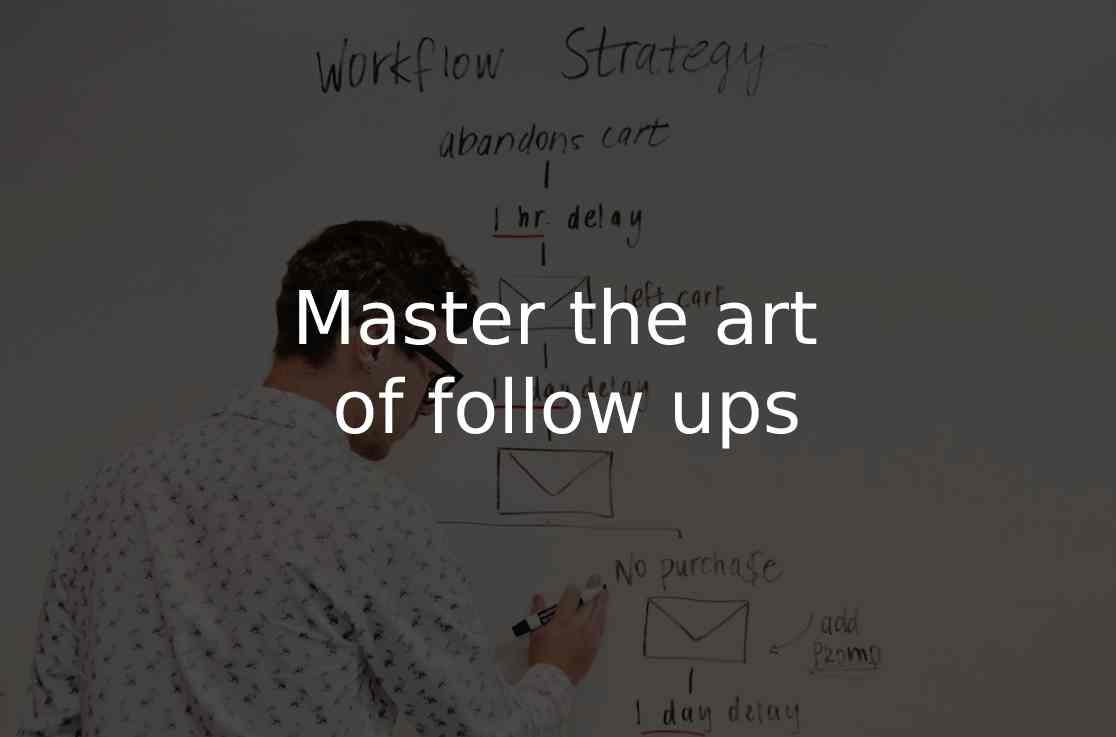
+7 templates
What the follow up?
Those in the cold email game for a while know how important follow ups are. Historically, follow up emails have proven to be extremely effective at generating replies.
What is a follow up?
In the world of cold emailing, any email sent after the 1st email, i.e the. 2nd, 3rd, 4th, etc is referred to as the follow up.
How many follow up emails should I send & when?
We recommend having a sequence that is 4-7 emails long, i.e send 5-8 follow up emails.
We recommend spacing the emails with a delay of 2-3 days. There’re successful examples where people wait for as long as 30-60 days to send the next follow up (read enterprise sales).
A follow up email may be a reply to a previous email or a fresh email.
This is how we like to structure it. Fresh email followed by reply.
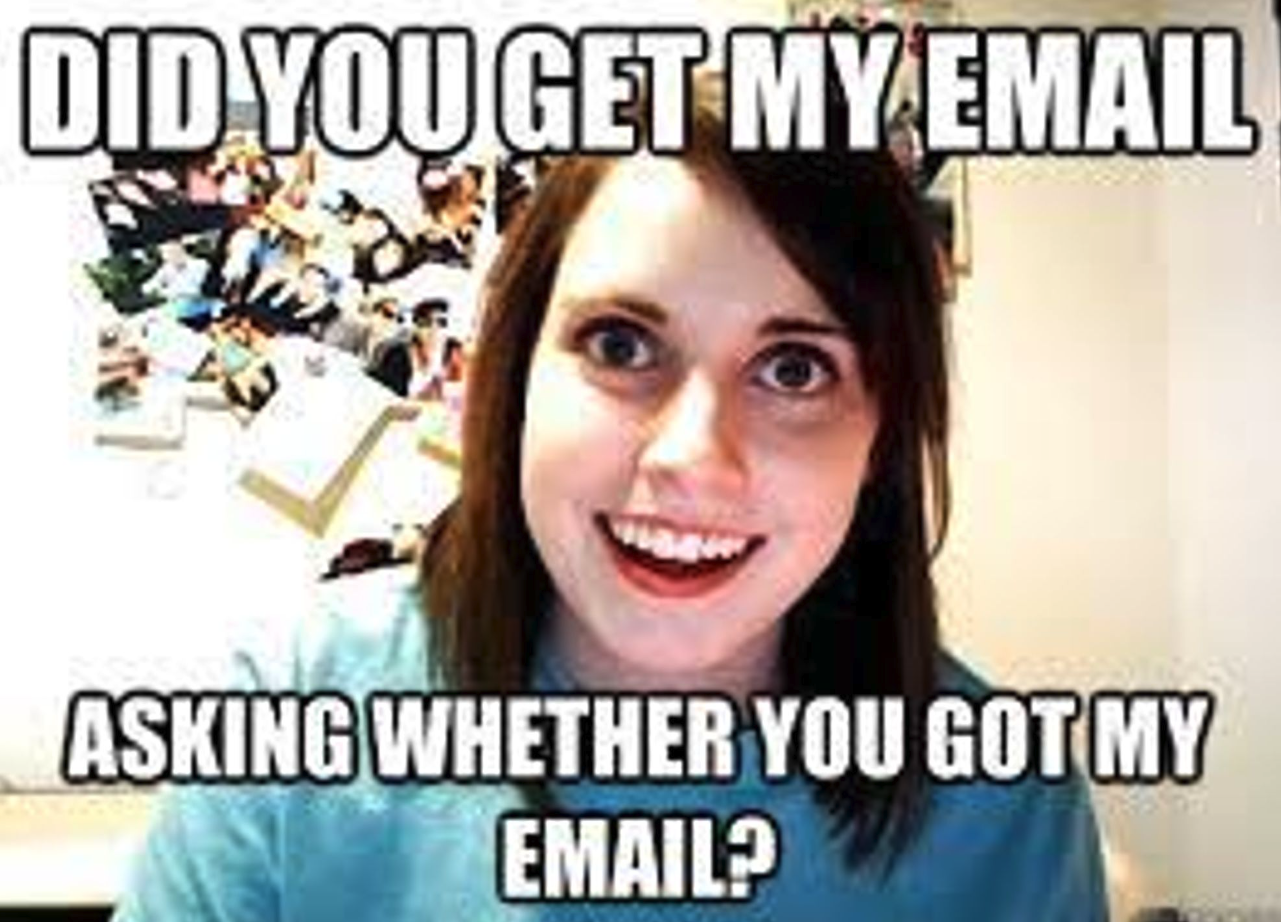
What’s the game changer here?
Subject Line
Understand that it does not have to always sound like - “did you get my last email”? These lines used to work like 10 years ago, but not anymore. This isn’t personalized, generates some amount of guilt for your prospect and obviously, does not add any value.
Always better to keep it something super personalized.
Checkout our previous giveaway, where we shared 40+ tested subject lines.
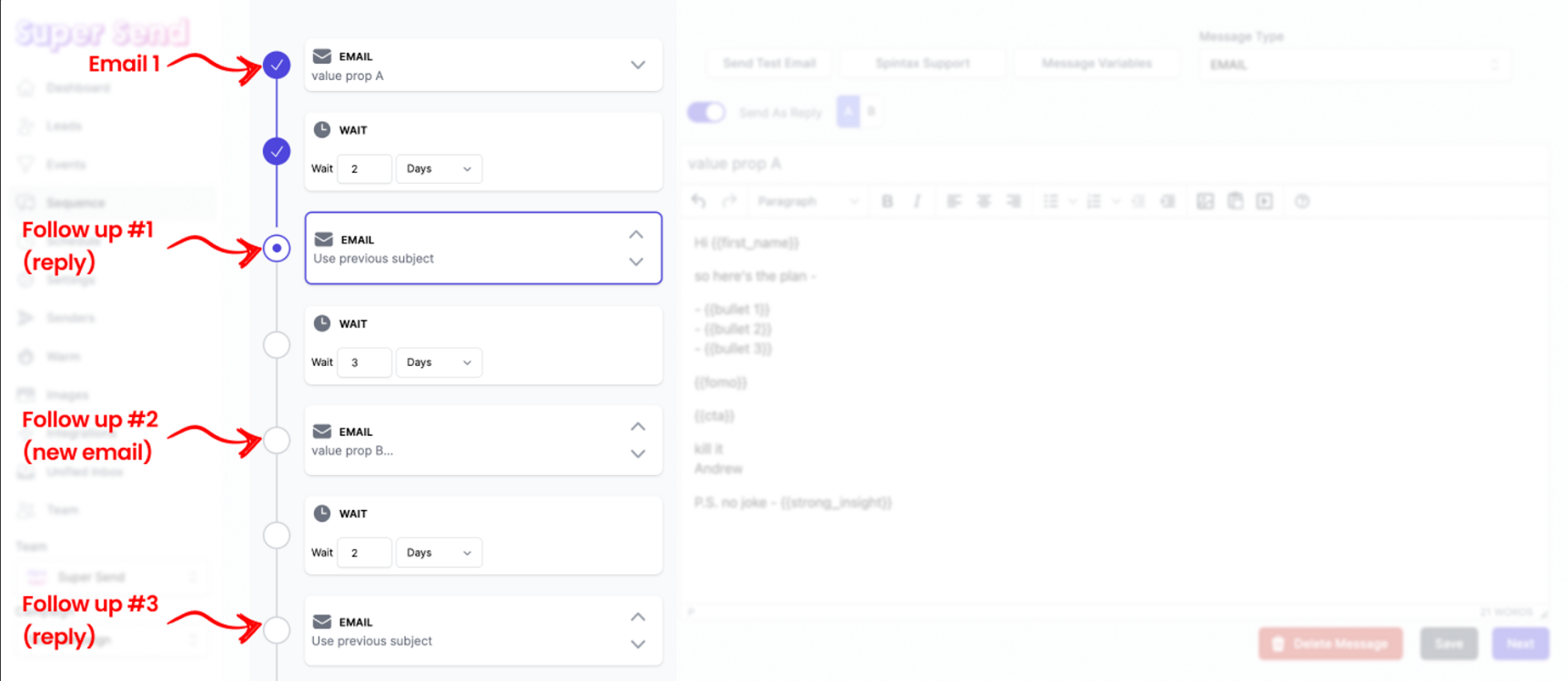
Body
This is where everyone mostly messes up the most. What do you write in the follow up email?
The easiest tip here is to - not to see a ‘follow up’ as a ‘reminder’, rather seek it as an opportunity to provide more value, test a different value prop or sum things up for the prospect.
Write the email your prospects want to star.
Understand what emotions do humans respond to?
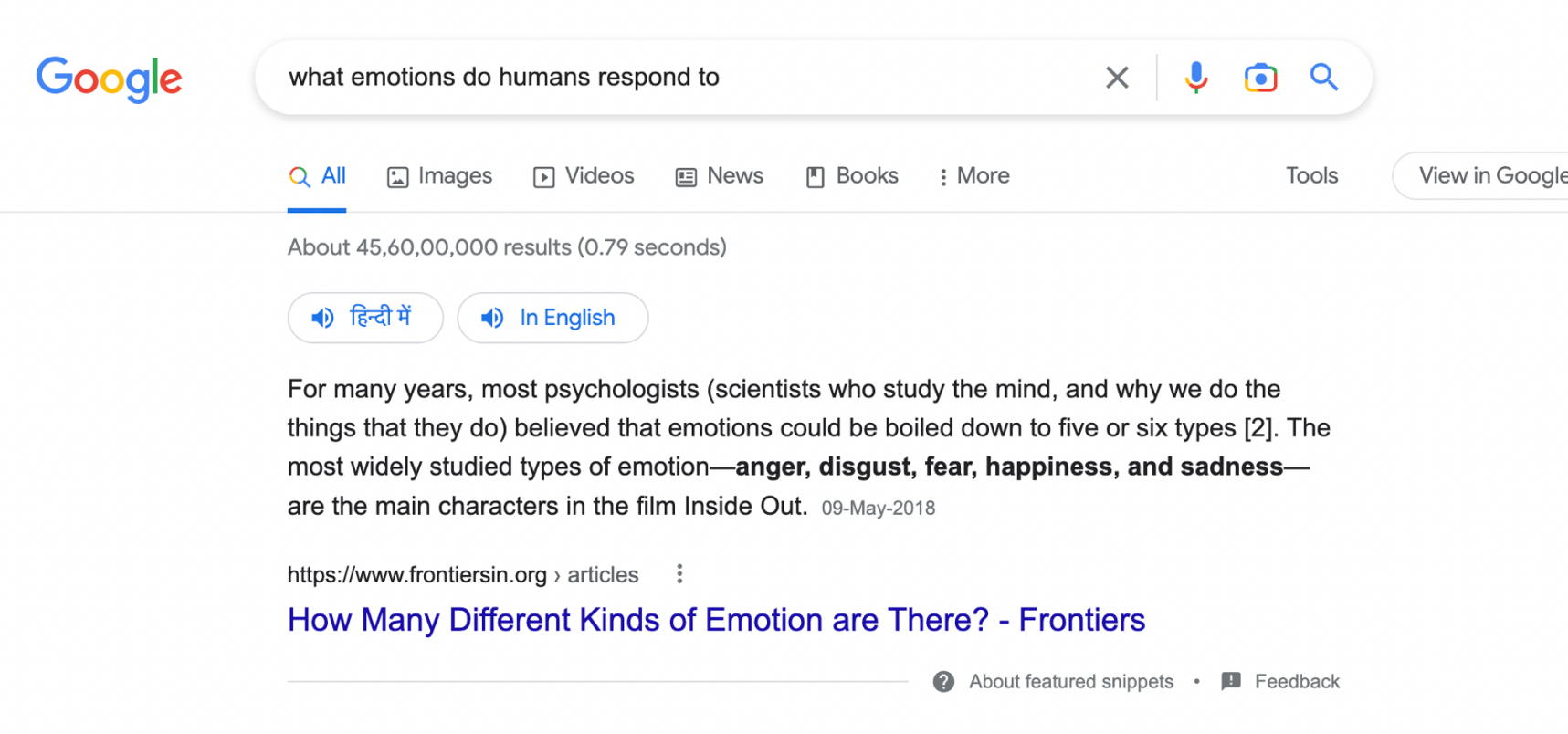
What makes them happy? - Appreciation, opportunity to offer help, humor, knowledge, relief to a pain point, etc.
What makes them sad? - Guilt
What makes them angry? - Anything that eats up their time for the bad
If you’re solving the for right pain point at the right time, you’ll naturally receive interest.
If you can rightfully appreciate the prospect, the prospect would take the time to hear you.
If you put yourself vulnerable across them, they’ll want to lift you up.
If you are blunt and honest to them, they’ll appreciate that.
If you make them learn something and they enjoy it, they’ll develop respect for you.
Is it okay to use humor? Humor within the right boundaries can work but we prefer avoiding it in the first email.
Respect your prospects time. Keep the emails short. Brevity is always appreciated.
Offer as much as you can while keeping the ask as low as possible.
💡 Always look forward to adding value irrespective of what step of the sequence you’re at.
How to write a follow up email that works?
Here’re few approaches that we’ve seen working for multiple people:
A) Strike the CTA again in the name of summarizing or rephrasing
B) Pitch a different angle (try a different cta?! or test a different value prop)
C) Share something valuable (resource or insight)
D) Hit a different channel (linkedin profile view followed by a connection request with a note or a twitter follow followed by a dm)
E) Break up (see if the prospect fears your loss)
Funny enough, just like there’s no template to success, on the same lines, there’s no template for a follow email that’ll convert. There’s no one shoe that fits all. There’re just some observations of the human behaviour that have been capitalized to form thesis which have shown some trust.
Human relationships haven’t been broken down to science, yet.
Templates
Restate the CTA again in the name of summarizing it. Show them that you’ve either done it in the past or have a strong plan.
This can be a “rephrased” version of the previous email. Either try to write a real short version by limiting it to not more than two sentences or make use of “bullets” to put across the offer, prioritizing brevity.
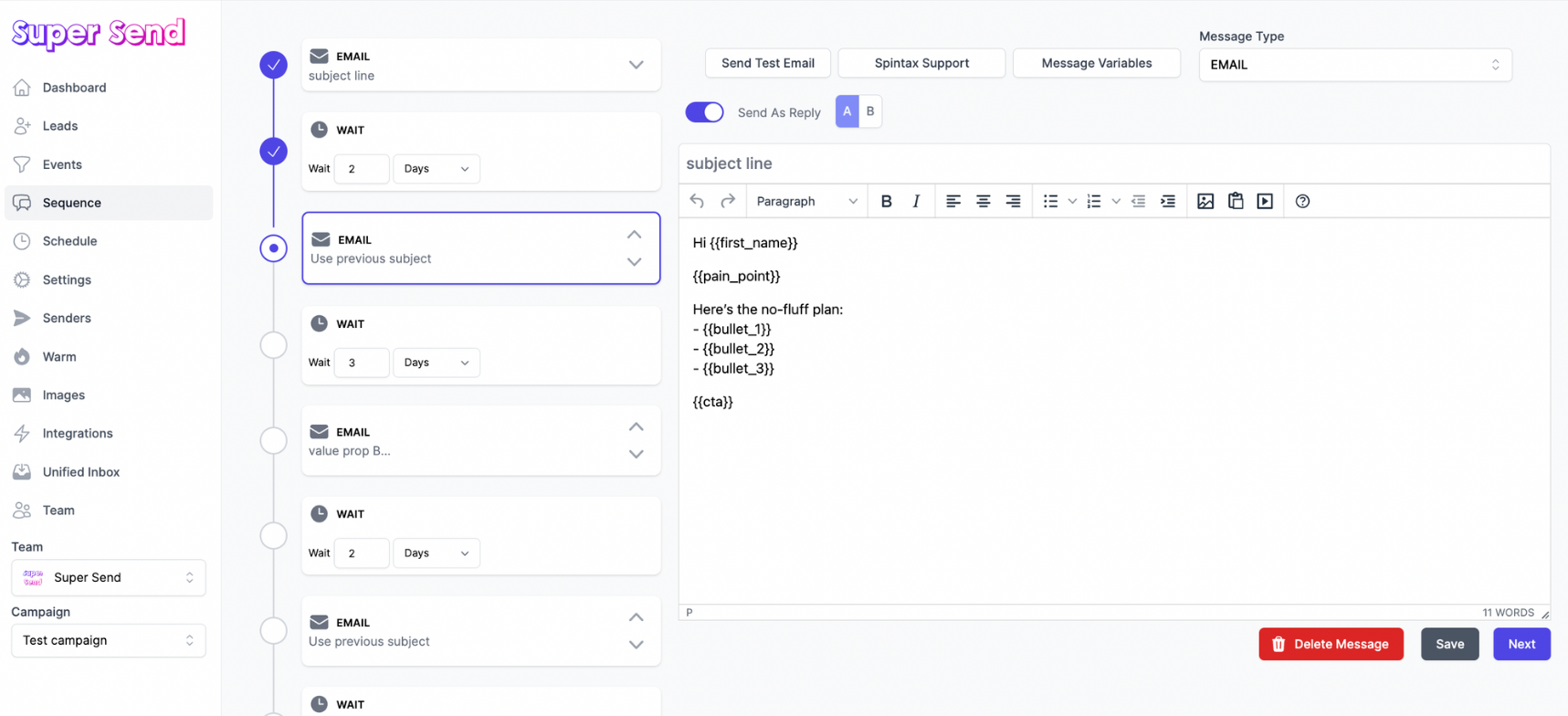
Offer resources - ebooks, webinar, whitepaper, one-pager, case studies, videos, cheatsheets, samples
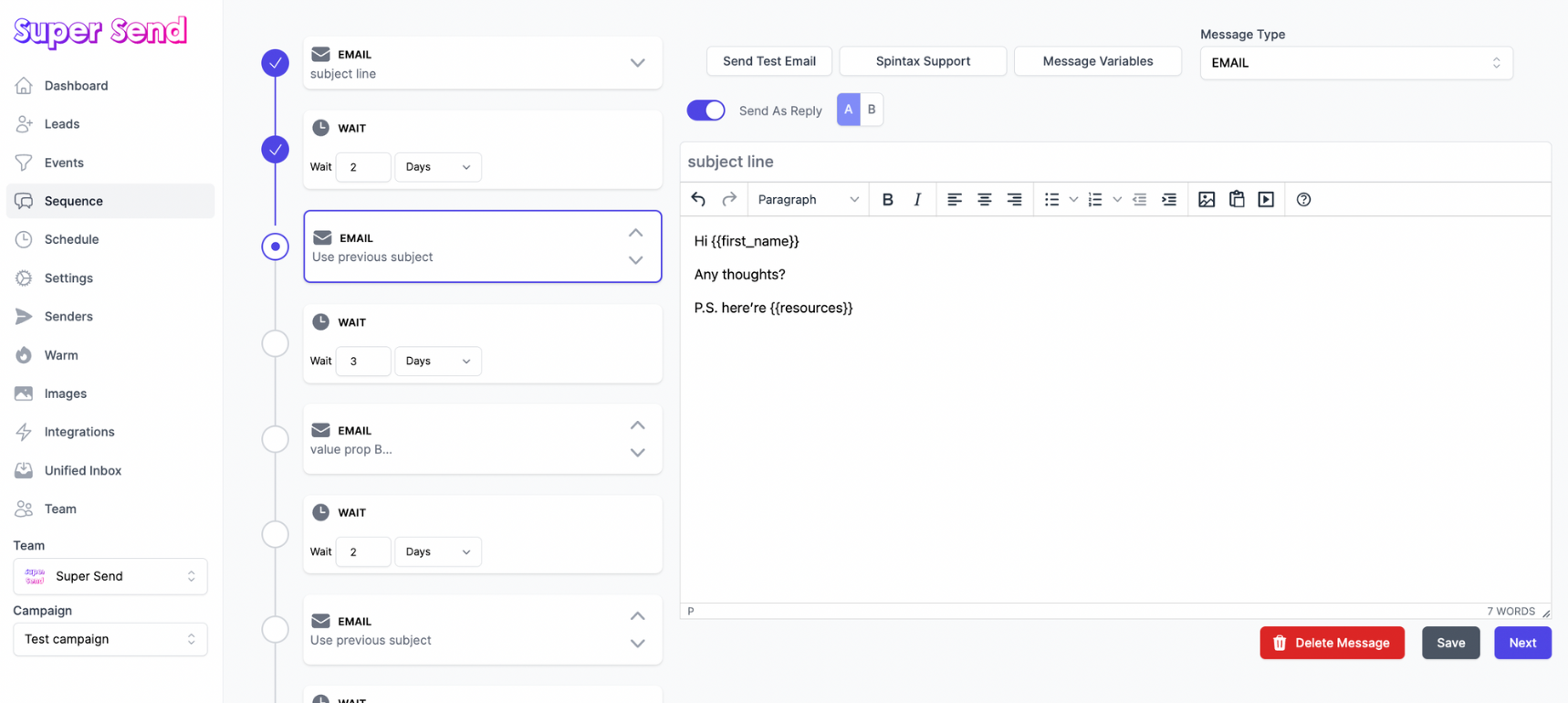
Maybe the initial email did not make them fully gauge your credibility, change their mind.
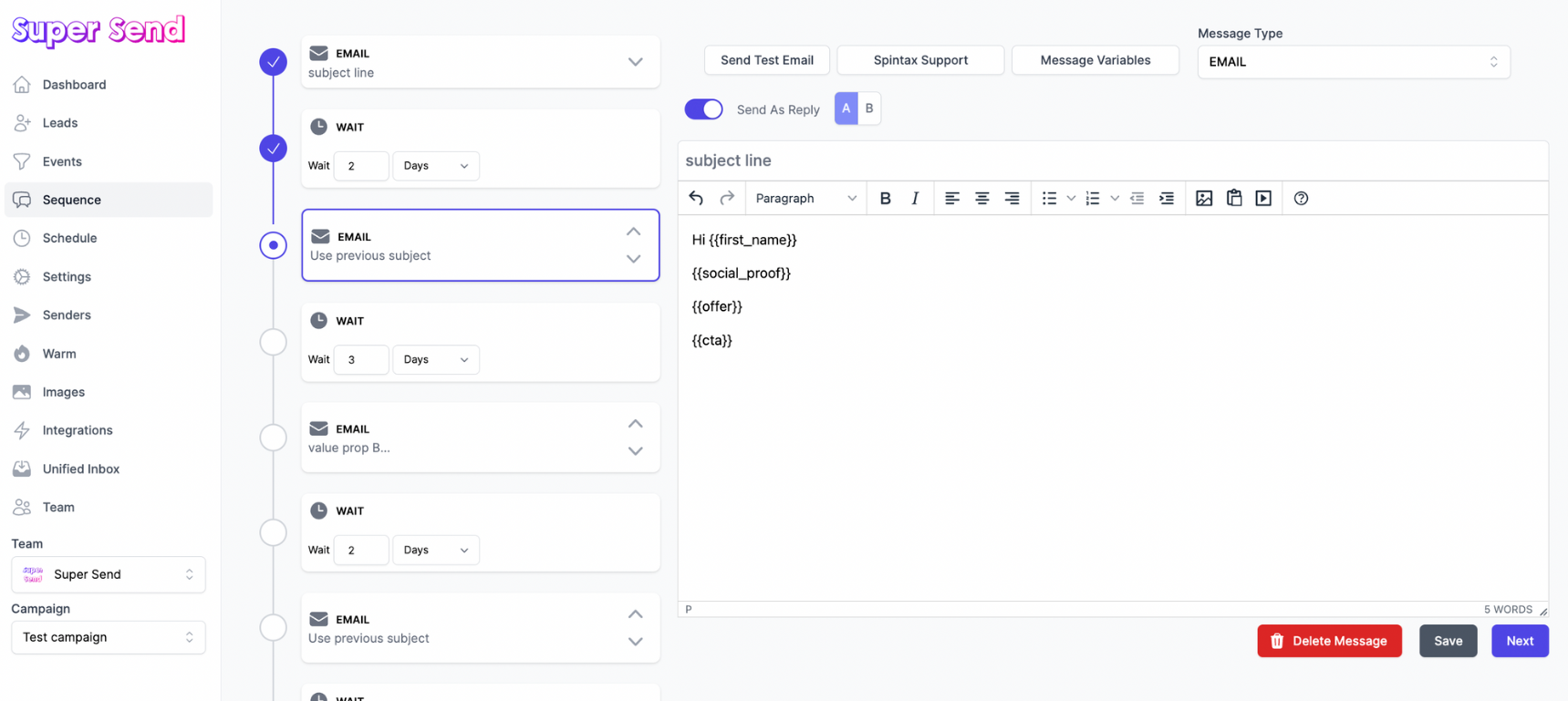
Tell them you made a mistake, ask for a chance to pitch again
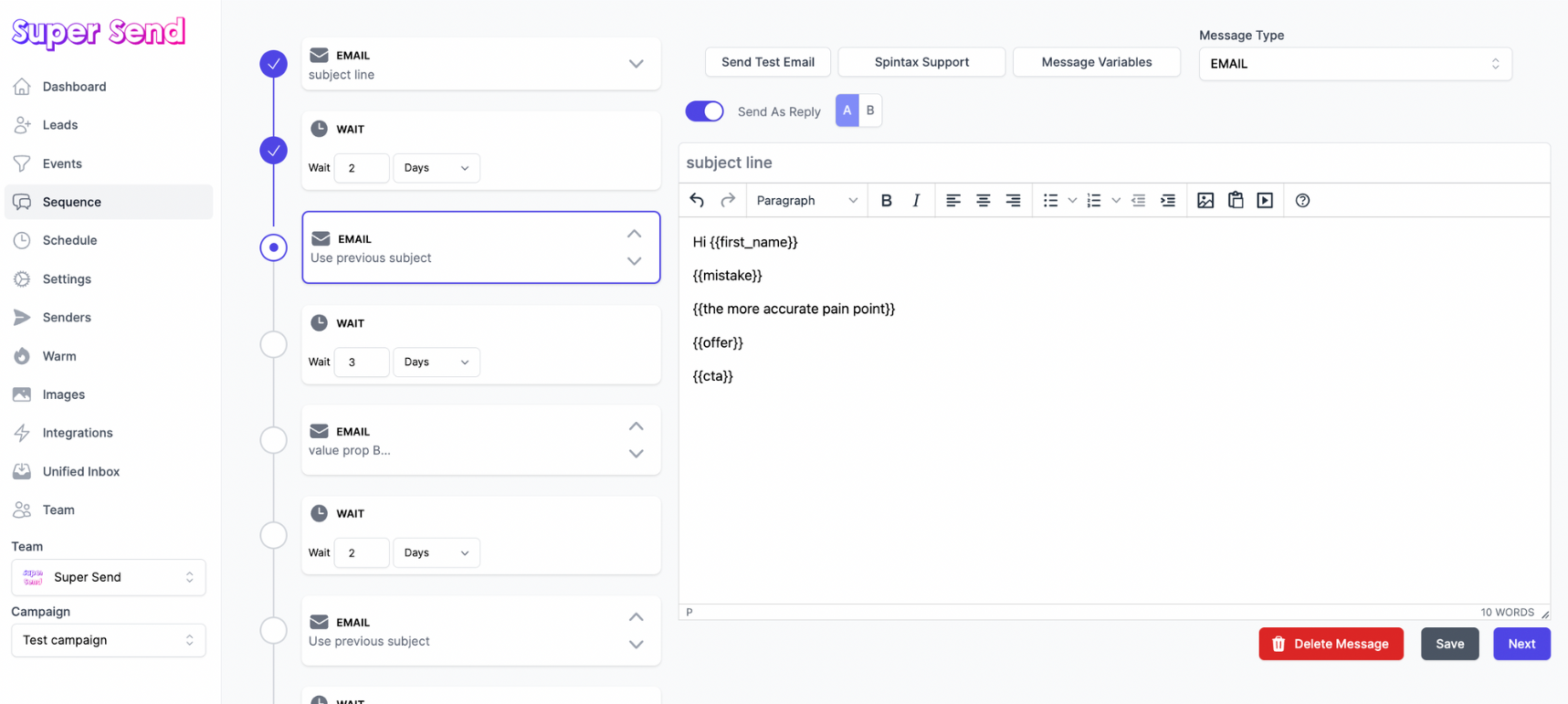
Break up email - tell them this is the last time you’re reaching out, here’s the offer
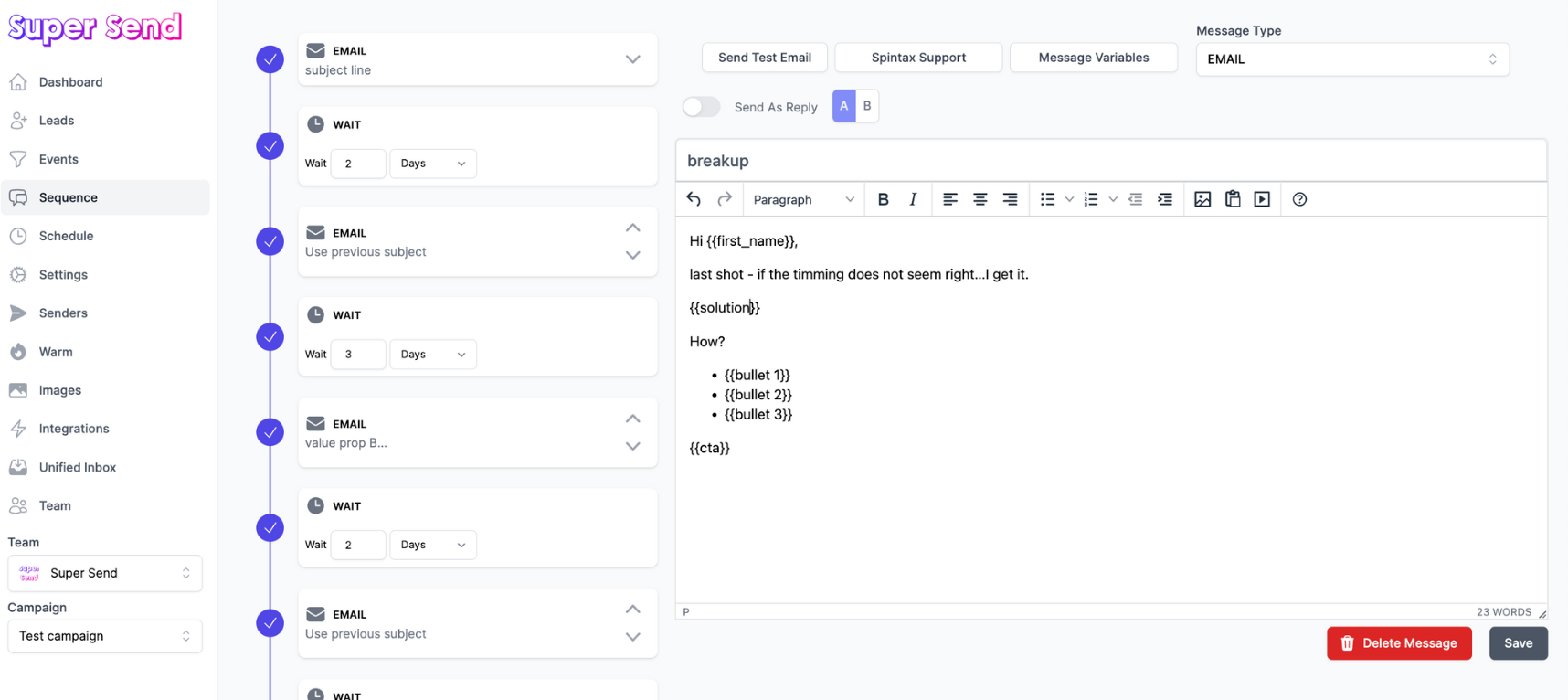
Appreciate a recent effort of theirs, share an insight. Exchange insights. Ask for their input. Don’t sell anything.
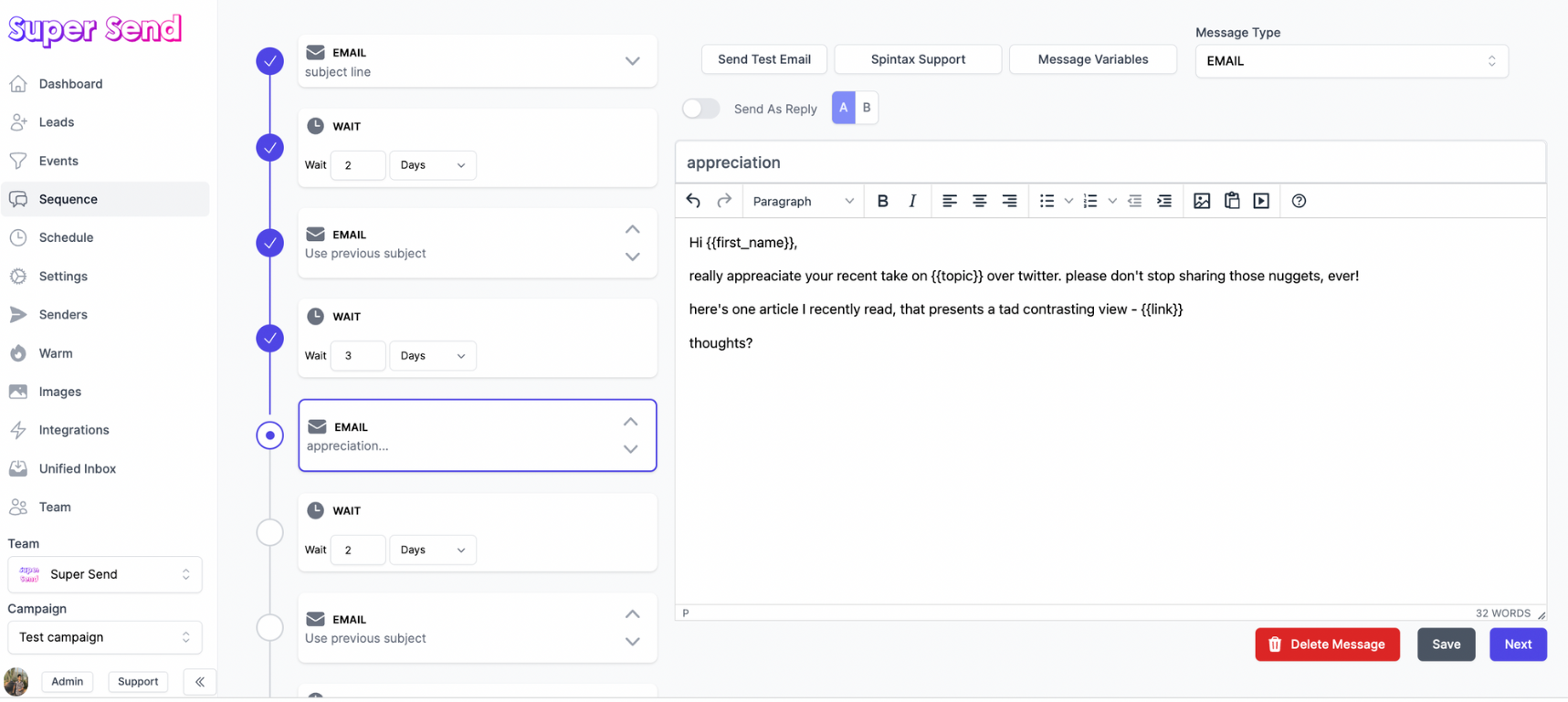
Just say a yes and I’ll go pluck the stars from the sky, only to shower them at your feet.
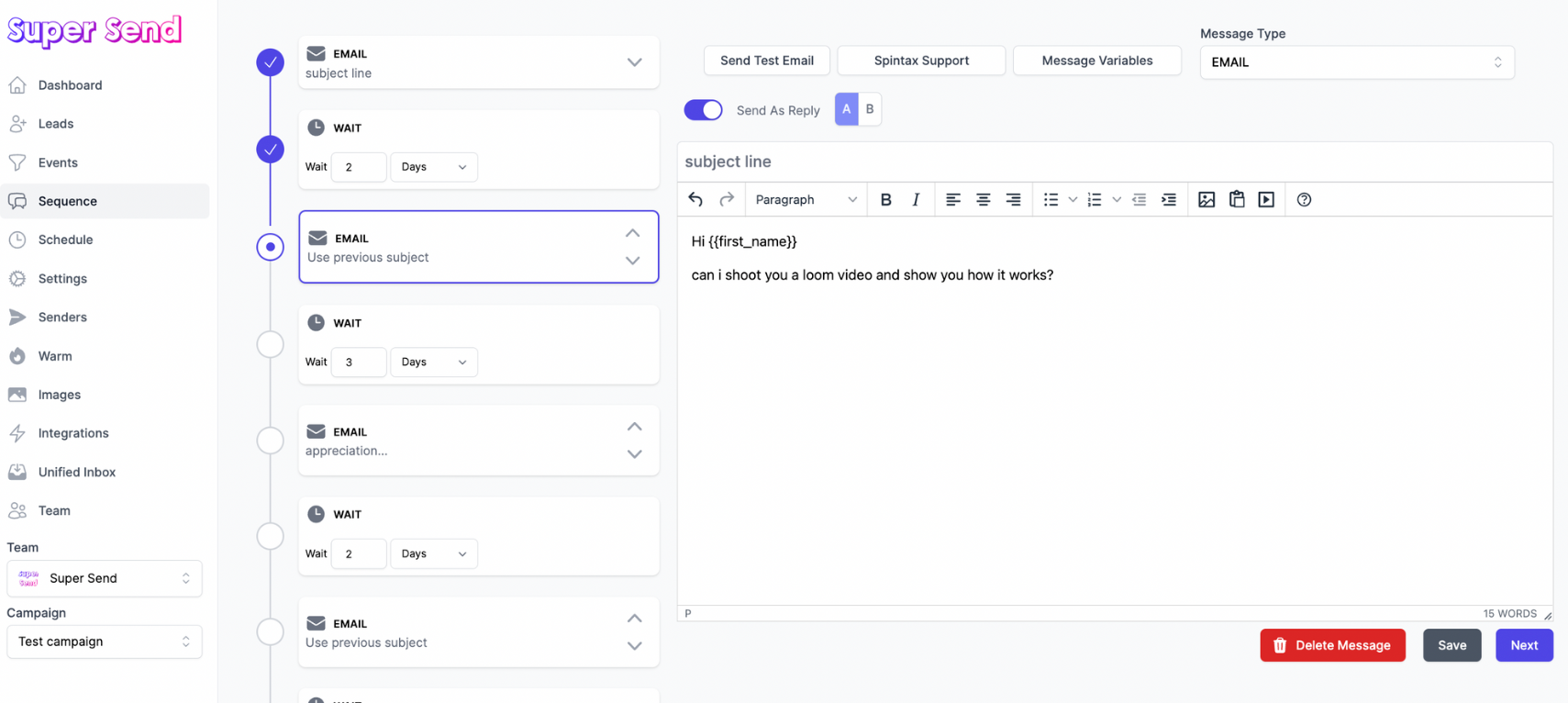
Bad follow up emails (for good reasons)
My boss wants to hear an update
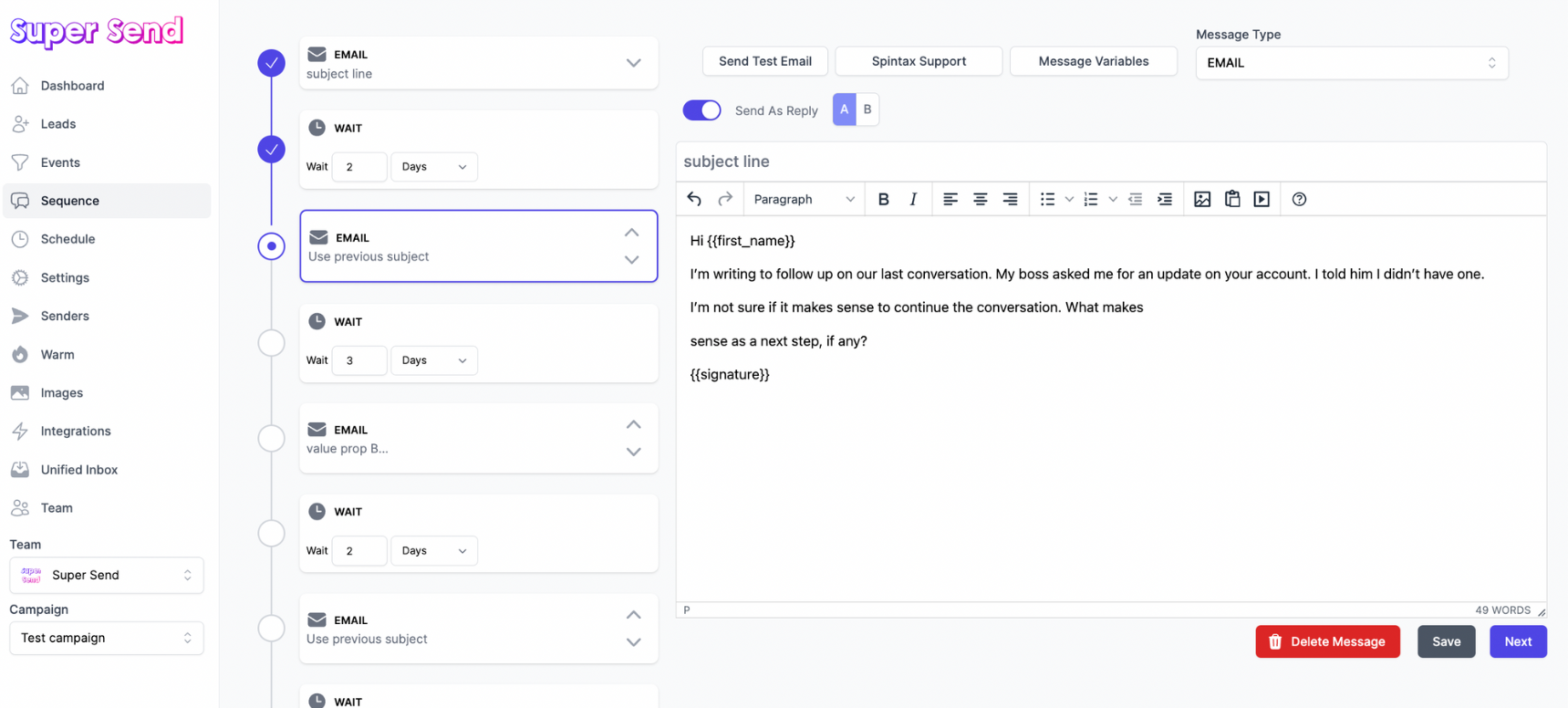
I’m writing to follow up on our last conversation. … I’m not sure if it makes sense to continue the conversation. What makes sense as a next step, if any?
This is frustrating to read. Three sentences that do not add any value and keep circling back.
💡 Omit filler words wherever possible.
My boss asked me for an update on your account. I told him I didn’t have one.
This phrase used to strike people earlier but soon became way too common to work for the good.
Create multi channel sequences using supersend.io (email+linkedin+twitter)
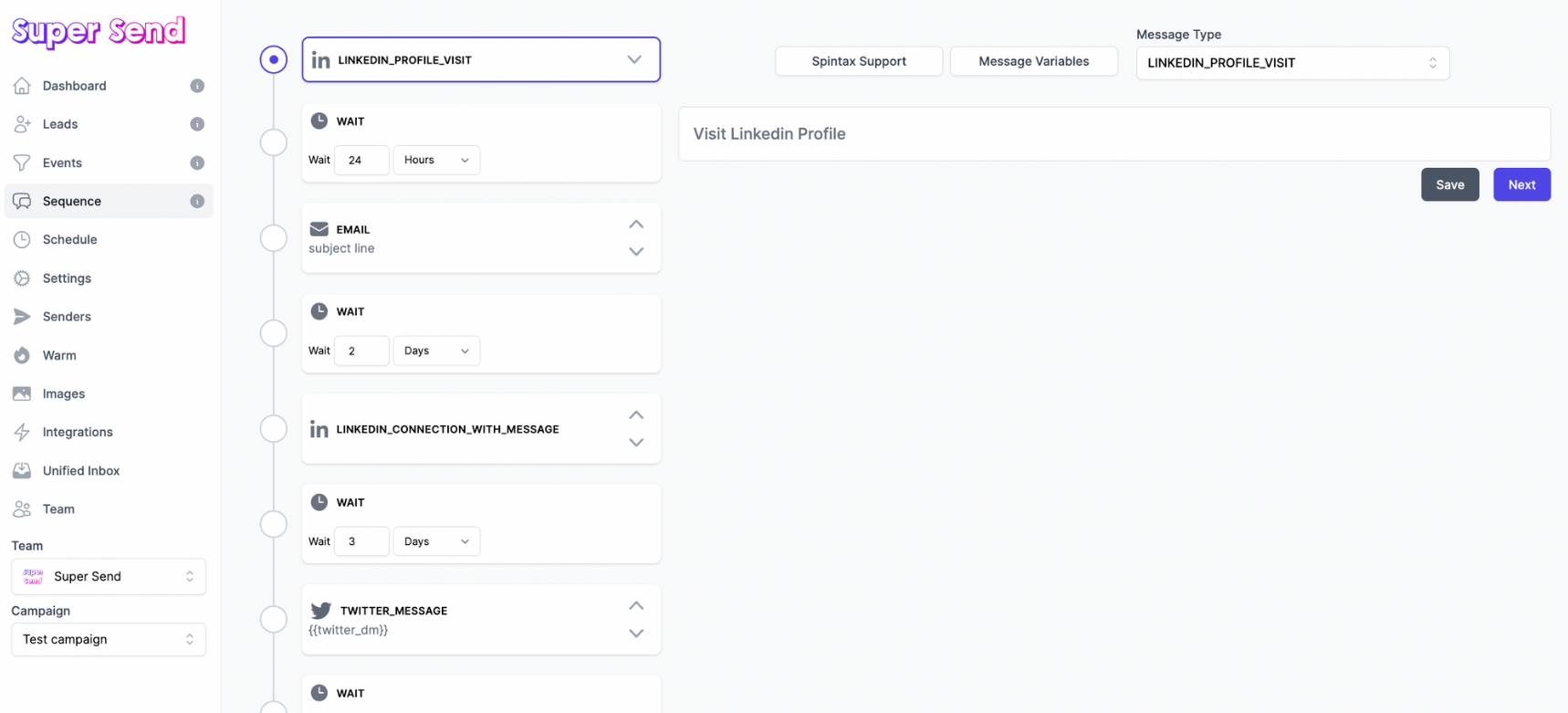
Previous Giveaways
This is the same list that I used to grow my agency to ~$30k MRR and now Super Send.
— Andrew Pierno (@AndrewPierno) October 10, 2022
Giving it away for FREE to celebrate the Super Send launch
>1200 YC Funded tech companies with 100% VERIFIED EMAILS
🔁 retweet + comment 'SUPER SEND' and I’ll dm it to you pic.twitter.com/Ut9MEqYOOM
A well-thought CTA can easily 2x your reply rates.
— Andrew Pierno (@AndrewPierno) October 18, 2022
I compiled a list of 50+ Call to Actions (CTAs) for you to STEAL and use in cold emails or Linkedin DMs.
🔁 retweet + comment 'CTA' and I’ll dm you the doc containing:
- 50+ CTAs
- 5 tips for the perfect CTA
- 5 CTA mistakes pic.twitter.com/EecDE7qrPD
My agency has consistently hit >70% open rates for 2 years straight 🤯
— Andrew Pierno (@AndrewPierno) October 26, 2022
I compiled 40+ tested subject lines & every SECRET I know about writing a ‘winning’ subject line
🔁 retweet + comment 'subject' and I’ll dm you the doc containing
- 40+ subject lines
- all the dos and donts pic.twitter.com/iQsQRjHxbR

